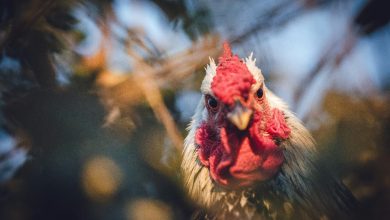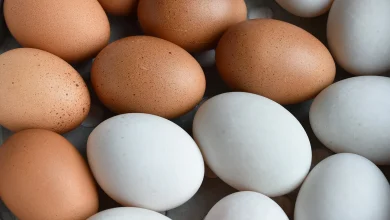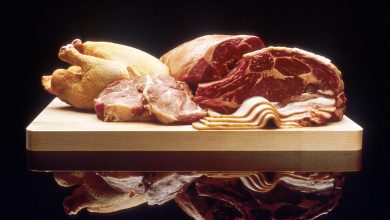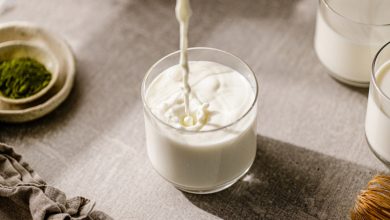Indian Poultry Industry Faces Certain Problems
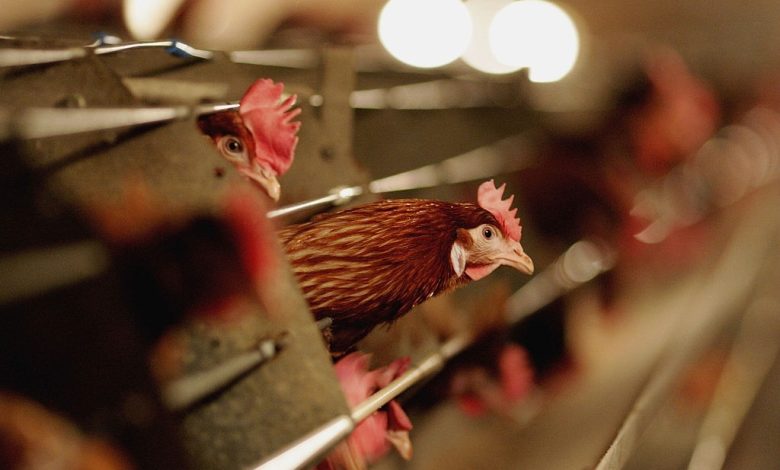
Indian Poultry Industry Faces Certain Problems
Dr.S.K.Maini
GM (Technical) Vesper Group, Bengaluru.
Many companies are involved in manufacturing and marketing of Phytase Enzyme for use in the poultry feeds, to make phosphorus available to the birds, by hydrolysing the phytate complex’s present in the feed ingredients, releasing the phosphorus simultaneously sparing the inorganic phosphorus, and preventing soil contamination, but they never give full details of the product being promoted.
Phytates and Phytic acid are a naturally occurring anti-nutritional factor in plants, that binds with certain minerals, vitamins and amino acids, forming complexes. Incorporating phytase enzyme in the feed of poultry, increases the nutritional bioavailability while reducing significant Phosphorus (P) build up in manure, which creates environmental complications such as water contamination, algae growth, fish mortality, and changes in plant and animal life.
Phosphorus (P) is a key and essential component of plant cells, and it plays a role in energy metabolism, acid production, and cell membrane biosynthesis. This is also a key macronutrient for plant growth and developmental processes. Phytic acid is a primary source of biological phosphorus in the soil, accounting for 10 to 50% of available organic phosphorus content. The majority of soils contain considerable levels of total soil P, which may be found in both organic and inorganic forms. Plant based feed ingredients can store phosphorus upto 80 % , as phytin phosphorus or as phytate. This phytate is an anti-nutritional complex, it can inhibit other digestive enzymes and have negative effects on the birds performance. Therefore, the use of phytase enzyme becomes essential to digest it, thus reducing the P level in soils.
Phosphorus (P) plays a major role in several metabolic pathways in the birds body, it is required along with calcium and Vit D3 for the bones and the egg shells, and is required for the energy metabolism at the cellular level, for synthesis of protein and for the transportation of sodium and potassium across membranes.
All Phytases available in the market are not same. Four distinct classes of phytase’s have been characterized in the literature: histidine acid phosphatases (HAPS), beta-propeller phytases (BPPs, also referred to as alkaline phytase), purple acid phosphatases (PAPs), and protein tyrosine phosphatase-like phytases (PTP-like phytases). The first and most extensively studied group of phytases is the histidine acid phosphatases (HAPs).
Phytase Production : Certain Microorganisms are used to produce the enzyme phytase, which is scaled up utilizing bioengineering and recombinant DNA technology. Fungi and E-coli are commonly used to produce phytase enzyme. Various microbial fermentation processes and techniques , such as submerged, semi-solid state, and solid-state fermentation, are used for the phytase’s production.
Phytase mode of action: Phytase (myo-inositol hexakisphosphate phosphohydrolase) catalyzes the stepwise removal of phosphate from phytic acid or its salt phytate. The removal of the phosphate group starts with a fully phosphorylated phytic acid (IP6), followed by penta- (IP5), tetra- (IP4), tri- (IP3), di- and mono-esters of inositol in descending order of preference. This means that the phytases first hydrolyze all of the available fully phosphorylated phytic acid molecules to penta-esters of inositol before they hydrolyze the latter to tetra-esters of inositol and so on, with inositol and phosphoric acid as the end products. In an ideal situation, a complete hydrolysis will result in a myo-inositol and phosphate (plus amino acids, minerals and other nutrients which are linked to phytic acid). However, in the in vivo situation, hydrolysis will be incomplete and therefore normally result in a mixture of inositol-phosphate esters.
Different Phytase enzymes are involved in different catalytic processes. When 3-phytase works on phytic acid, first it hydrolyzes the ester bond at the 3rd carbon site to liberate inorganic phosphorus, subsequently releasing phosphorus from additional carbon sites one at a time, eventually esterifying the overall phytic acid. The catalytic reaction of this enzyme needs the presence of divalent magnesium ions (Mg2+).
Factors Influencing Phytase Activity : Many factors can have an influence on phytase activity, including Phytase-related factors such as optimal pH range, type of phytase used and resistance to protease. Animal-related factors include species, age of animals and retention time. Dietary-related factors such as phytate content, calcium levels and ingredient composition (e.g. type of substrate and intrinsic phytase activity) are important and need to be considered seriously.
Marketing Companies and their Distributors/Promoters of their products never speak of the above mentioned points, they claim sparing of DCP or MCP in the feed, reducing the environmental contamination, and making many trace minerals, vitamins and amino acids available that were earlier trapped by the phytates etc., the fact is total DCP or MCP should never be stopped, as the phytase enzyme releasing the required phosphorus is uncertain and dependent on several factors not in the control of any nutritionists or promoters of Phytase enzyme.

